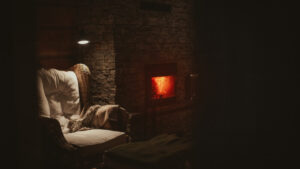
Top 10 Fireplace Tongs: The Best Picks Of 2023
In the realm of fireplace accessories, the importance of a robust and reliable pair of fireplace tongs cannot be overstated. These tools are not merely

Maintaining your fireplace tongs and preventing rust is crucial. These essential fireplace tools, if neglected, can succumb to corrosion, losing both their functionality and aesthetic appeal.
Fear not, though! With some straightforward and effective steps, you can ensure your fireplace tongs remain as pristine and functional as the day you bought them.
Your journey to prevent rust starts by understanding what your fireplace tongs are made from. Different materials react differently to moisture and air, the primary culprits behind rust.
Most fireplace tongs are made from metals like iron or steel, which are prone to rust when exposed to moisture. Knowing the specific material of your tongs helps you take targeted steps to protect them.
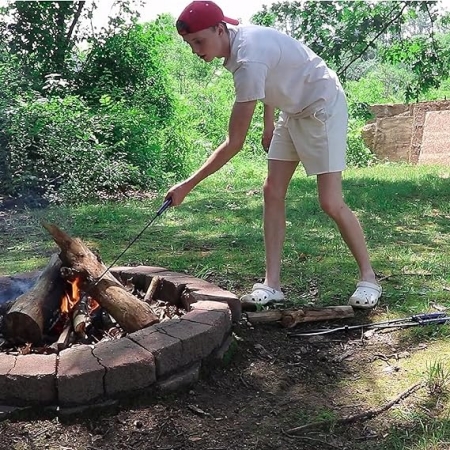
For example, iron tongs may require more frequent oiling compared to stainless steel ones, which have a natural resistance to rust. Furthermore, some modern tongs might come with a rust-resistant coating, which can dictate the type of care they need.
The key to rust prevention is regular cleaning and maintenance. After each use, it’s vital to clean your fireplace tongs to remove any residues like soot or ash, which can hold moisture and accelerate rusting.
A simple wipe-down with a dry cloth can be effective. However, for a more thorough cleaning, especially if there’s significant build-up, use a mild detergent mixed with water.
After washing, dry them completely with a towel. It’s crucial to ensure no moisture remains as even a small amount can start the rusting process. In addition to cleaning, regular oiling or applying a protective coating can create a barrier against moisture and air.
Select an appropriate oil or spray for metal tools, and apply it lightly over the entire surface of the tongs. This routine not only keeps rust at bay but also maintains the smooth operation and appearance of your tongs.
How and where you store your fireplace tongs significantly impacts their susceptibility to rust. The ideal storage place is indoors, dry, and with low humidity.
Avoid leaving your tongs on the hearth or floor where moisture can accumulate. If outdoor storage is unavoidable, ensure they are covered or stored in a waterproof container.
Hanging your tongs on a wall rack or a tool stand not only saves space but also minimizes their contact with damp surfaces.
For those living in particularly humid environments, consider using silica gel packets or a dehumidifier in the storage area to absorb excess moisture.
Using rust-preventative coatings is an effective way to protect your fireplace tongs. These coatings, available in various forms like sprays and oils, provide a protective layer that shields the metal from moisture and air.
The key is to choose a product specifically designed for metal and suitable for high-heat conditions, given the tongs’ exposure to fire.
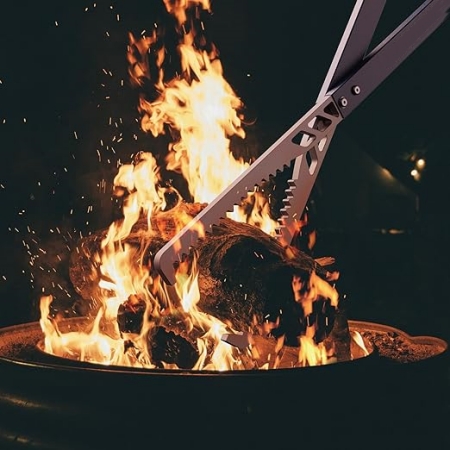
Applying these coatings is generally simple – clean and dry your tongs thoroughly, then apply the product evenly over the surface. Some products may require reapplication over time, so it’s important to follow the manufacturer’s guidelines.
Moisture is the primary cause of rust, so keeping your fireplace tongs dry is essential. After cleaning or using them, ensure they are completely dry before storage.
If you live in a humid area, storing them indoors where there’s less moisture in the air is preferable.
Using desiccants like silica gel in the storage area can help absorb any ambient moisture. It’s also a good practice to check the storage area regularly for signs of dampness or water ingress, which can lead to rust.
Frequent inspections play a vital role in rust prevention. Make it a habit to check your fireplace tongs for early signs of rust or damage. Pay attention to joints and hinges, as these areas are prone to moisture accumulation and can be early hotspots for rust.
During inspection, also check for any loose parts or screws, as these can expose internal metal components to air and moisture, leading to internal rusting. Tightening loose parts and applying lubricant to moving parts will not only prevent rust but also keep the tongs functioning smoothly.
Early detection and treatment of rust are crucial. If you spot any rust, act immediately. For small rust spots, a wire brush or sandpaper can be effective in removing the rust.
Be sure to work gently to avoid damaging the metal underneath. After removing the rust, clean the area and apply a rust-inhibitor or a fresh coat of protective paint.
For more severe rust, a chemical rust remover can be used, but follow the safety instructions closely as these can be harsh. If the rust has penetrated deeply or damaged the structural integrity of the tongs, professional repair or replacement might be necessary.
Sometimes, professional intervention is the best course of action, especially for severe rust or when the structural integrity of the tongs is compromised.
Professional restorers can remove rust effectively and apply industrial-grade protective coatings that are more durable than typical household products.
They can also repair any damage, ensuring your fireplace tongs are not only rust-free but also safe and functional. Regular professional check-ups can also be a part of your maintenance routine, especially for high-end or antique fireplace tools.

While our main focus has been on preventing rust and maintaining your fireplace tongs, it’s equally important to address safety while using them. Proper and safe handling of fireplace tools is essential to prevent accidents, especially when fire is involved.
In wrapping up, it’s evident that keeping your fireplace tongs rust-free involves a blend of understanding the material, regular cleaning and maintenance, appropriate storage, application of protective coatings, and consistent inspections.
Adopting these measures will not only prolong the life of your tongs but also ensure their efficiency and safety in handling fires. Remember, the longevity of your fireplace tongs is greatly influenced by the care and attention you provide.
As you implement these tips,you also prioritize safety by wearing protective gloves, storing the tongs away from children, and regularly checking for wear and tear.
By nurturing a habit of conscientious care and safety, you can enjoy the warmth and ambiance of your fireplace, knowing your trusty fireplace tongs are both well-maintained and safe to use. So, go ahead and stoke those flames with confidence, your rust-free and reliable tongs in hand!
How often should I oil my fireplace tongs to prevent rust?
The frequency of oiling depends on the material of your tongs and usage. For iron tongs, oiling every few months is advisable, especially if used frequently. Stainless steel tongs may require less frequent oiling. Always clean the tongs before oiling.
Can I use any type of oil for my fireplace tongs?
It’s best to use oils specifically designed for metal tools. General-purpose lubricants like WD-40 or mineral oil are good options. Avoid cooking oils, as they can become sticky and attract dirt.
What should I do if my fireplace tongs get wet?
Dry them immediately with a clean, dry cloth. If possible, heat them slightly to ensure all moisture is gone, then store them in a dry place. If they were exposed to water for an extended period, check for rust signs and treat them as needed.
Are there any special considerations for storing antique fireplace tongs?
Antique tongs often require more delicate care. Store them in a low-humidity environment and avoid hanging them where they might get bumped or fall. Regular inspections are crucial, and using gentle, non-abrasive methods for cleaning and rust removal is recommended.
How can I ensure my fireplace tongs are safe to use after removing rust?
After rust removal, inspect the tongs for any structural weakness, especially in the joints. Test the tongs with a few light movements to ensure they are still sturdy. If you notice any loose parts or significant wear, consider professional repair or replacement for safety.


In the realm of fireplace accessories, the importance of a robust and reliable pair of fireplace tongs cannot be overstated. These tools are not merely

The debate between fireplace tongs and fireplace shovels is a perennial topic among fireplace enthusiasts. Each tool plays a crucial role in fireplace management, offering

In the world of fireplace accessories, Fireplace firetongs are more than just functional tools; they are a reflection of style, tradition, and practicality. Among the
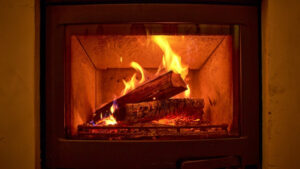
Firetongs, also known as fire tongs, are the unsung heroes of your cozy evenings by the fireplace. These versatile tools play a crucial role in

In the realm of fireplace accessories, the importance of a robust and reliable pair of fireplace tongs cannot be overstated. These tools are not merely

The debate between fireplace tongs and fireplace shovels is a perennial topic among fireplace enthusiasts. Each tool plays a crucial role in fireplace management, offering

In the world of fireplace accessories, Fireplace firetongs are more than just functional tools; they are a reflection of style, tradition, and practicality. Among the
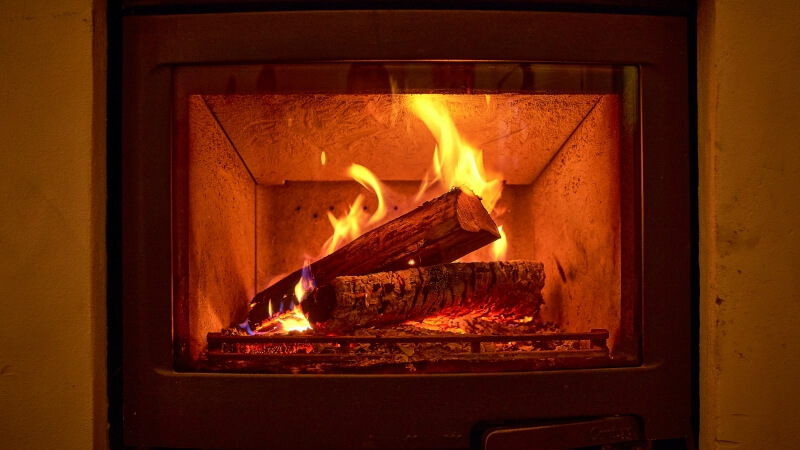
Firetongs, also known as fire tongs, are the unsung heroes of your cozy evenings by the fireplace. These versatile tools play a crucial role in
Copyright © 2024 bonfireplacetongs. All Rights Reserved.